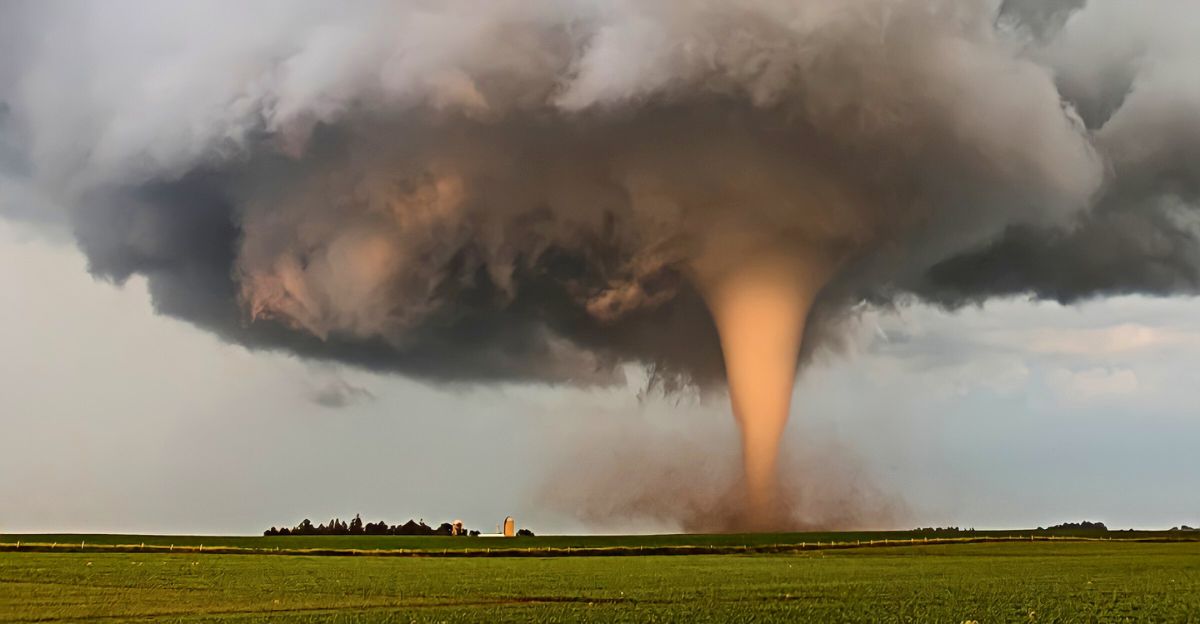
The severe tornado event that struck Nebraska on June 16, 2025, has since grown to be an essential case study for comprehending contemporary tornado dynamics and community resilience. The tornado near Dickens, Lincoln County, quickly changed from a landspout to a supercellular tornado, with winds as high as 134 mph and an intensity of EF-2.
The intricate relationship between weather patterns and human readiness is best illustrated by this incident. In light of climate change, it also emphasizes how unpredictable tornado behavior is becoming. The tornado in Nebraska is a clear reminder that even with advancements in warning systems and technology, the threat is still very real. In order to successfully reduce future risks, a renewed emphasis must be placed on fusing scientific discoveries with neighborhood-based tactics.
Nebraska tornadoes
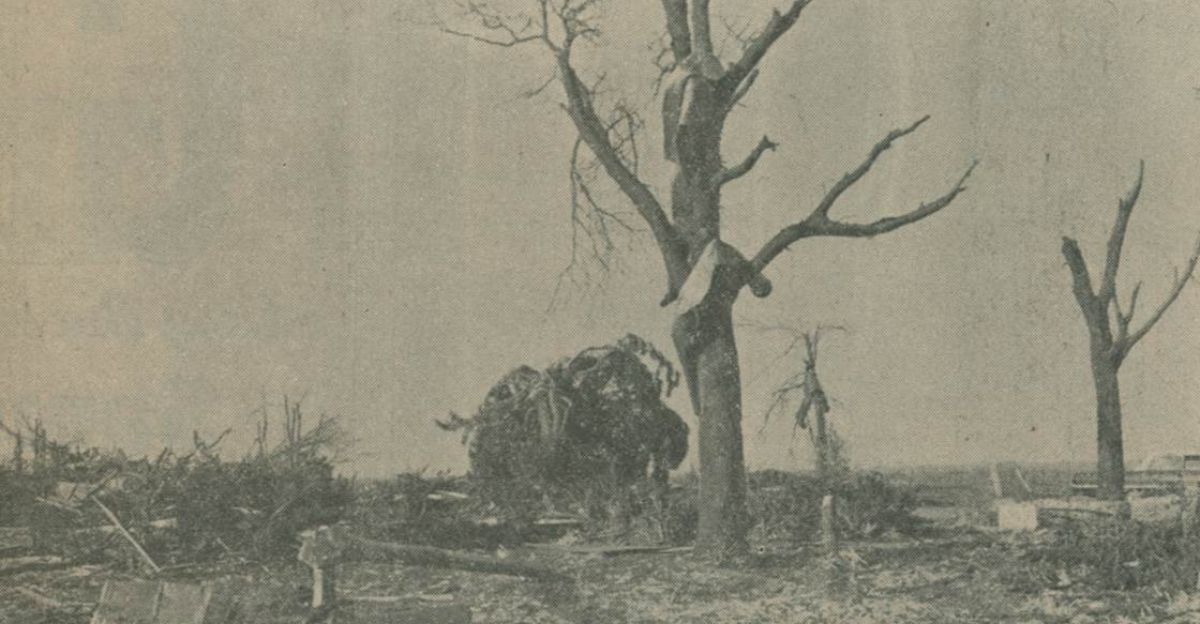
With its location right in the middle of Tornado Alley, Nebraska has a long and frequently tragic history with tornadoes. One of the deadliest tornadoes is still the one that struck Central Nebraska in 1964, killing four people and leaving scores injured along its 110-mile path. Nebraska’s approach to emergency response and tornado preparedness has been influenced by these historical occurrences.
The state experiences 42 tornadoes annually on average, which highlights the ongoing danger. The June 2025 tornado, however, is notable for its quick development and successful casualty avoidance. This contrast shows the changing nature of tornado threats while also highlighting how historical lessons have influenced contemporary tactics. To appreciate the advancements made and the difficulties still facing us, it is imperative that we comprehend this history.
The Evolution of Meteorology: From Landspout to Supercell
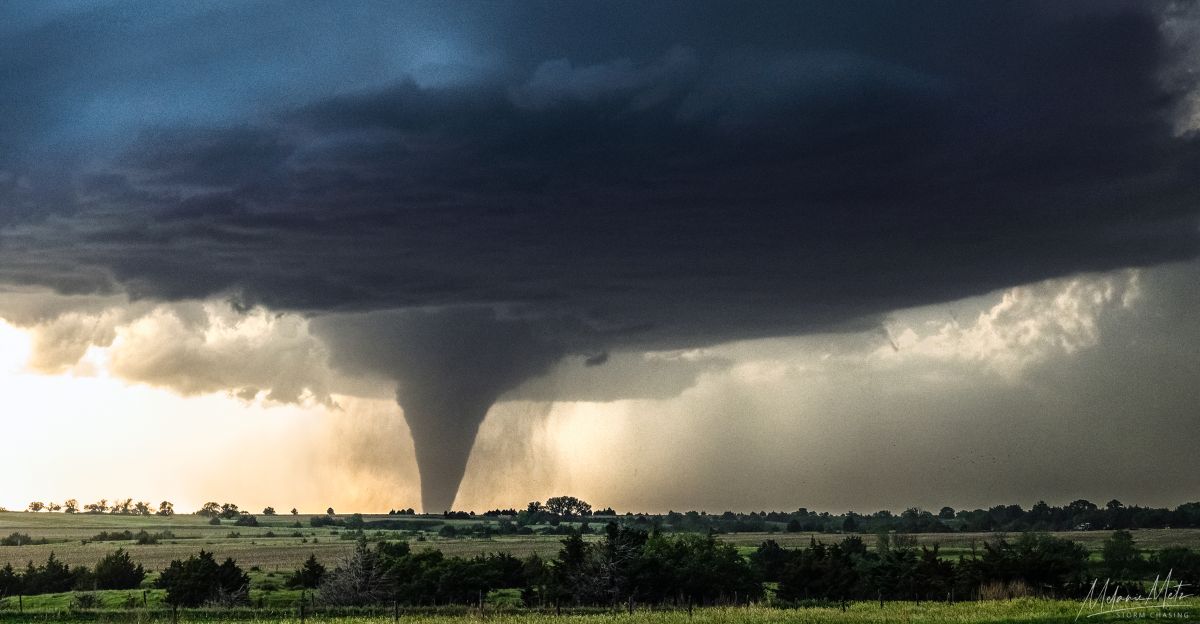
Tornadoes can intensify quickly, as demonstrated by the June 2025 tornado’s meteorological evolution. The storm swiftly evolved into a supercellular tornado, propelled by a revolving mesocyclone inside a severe thunderstorm, after beginning as a landspout, a weak, frequently brief tornado created by surface winds. Given that supercell tornadoes typically last longer and cause more damage, this transition is crucial.
With the use of storm tracking and radar technology, meteorologists were able to identify this change in real-time and issue timely warnings. This incident serves as an example of the value of ongoing observation and the difficulties in predicting variations in tornado intensity. It also begs the question of how climate variability may affect the frequency of such abrupt intensifications, potentially making initially minor storms more dangerous.
Trends in Statistics: Intensity and Frequency
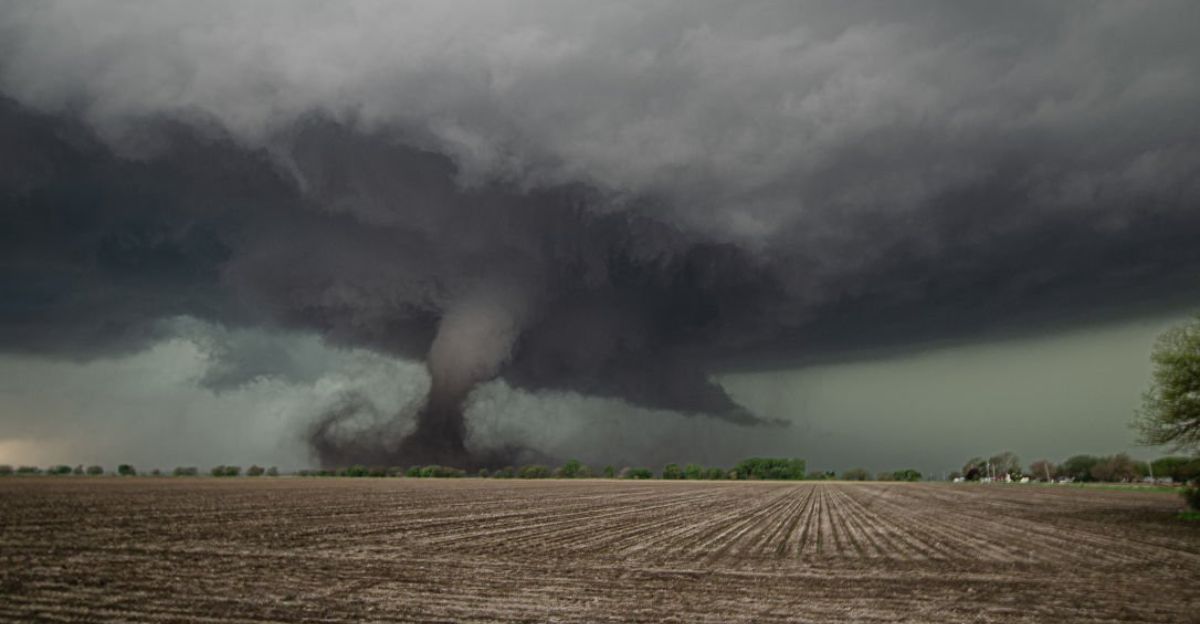
Although the total number of tornadoes in Nebraska has not changed much, there have been alarming patterns in tornado intensity and clustering. Stronger tornadoes with an EF-2 or higher rating are becoming more common despite the state’s average of 42 tornadoes per year. This change is consistent with more extensive research that indicates climate change may be modifying atmospheric conditions to encourage storms with greater intensity.
This pattern is best illustrated by the outbreak in June 2025, which featured several powerful tornadoes in a short period of time. Such clustering makes disaster response more difficult and puts a strain on emergency services. Conventional preparedness models that assume tornadoes occur infrequently and with predictable intensity are called into question by these statistical shifts. The experience of Nebraska highlights the necessity of flexible approaches that take into consideration the frequency and intensity of storms.
Damage Evaluation: What Was Special About This Tornado?

Road signs, trees, and power infrastructure were all severely damaged by the EF-2 tornado that hit Dickens, Nebraska. Some of the signs were bent horizontally, which is a blatant sign of strong winds. Even though the tornado was not one of the strongest, its relatively short but powerful damage path showed how severe localized destruction can be. This tornado is special because it intensified quickly, and no one was hurt, which is evidence of sound warning systems and community response.
The thorough damage survey conducted by the National Weather Service supplied vital information for enhancing risk models. This incident casts doubt on the idea that only the most severe tornadoes cause significant damage, emphasizing the necessity of being vigilant even during storms of moderate intensity.
Emergency Response: A Successful Model

The tornado that struck Nebraska in June 2025 demonstrated a model emergency response that undoubtedly saved lives. Residents received timely warnings thanks to meteorologists’ early detection and effective communication channels. A significant factor in reducing harm was the implementation of public education campaigns stressing the value of seeking shelter.
Roads were cleared and power was quickly restored thanks to the quick coordination of emergency services by local authorities.This concerted effort stands in contrast to previous tornado disasters where a higher death toll was caused by inadequate communication or delayed warnings.
Perverse Viewpoint: Underestimating “Moderate” Tornadoes
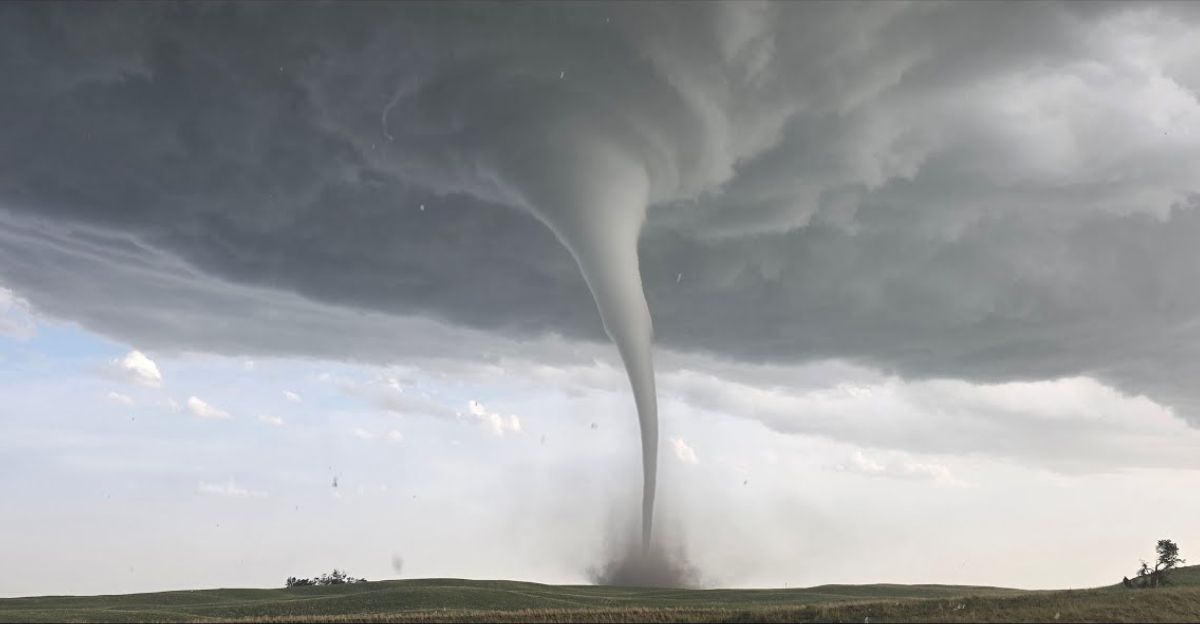
The Nebraska tornado calls into question the common practice of underestimating tornadoes with ratings lower than EF-3. With maximum speeds of 130 mph, EF-2 tornadoes have the potential to harm buildings and endanger human life seriously. By concentrating only on the most severe tornadoes, people tend to become complacent about moderate storms, which are more common and can cause just as much damage in areas that are susceptible.
This incident highlights the peril of this kind of complacency and makes the case for a paradigm change in public opinion and policy. No matter how severe the tornado is predicted to be, communities must have access to shelters and real-time alerts as part of emergency preparedness. This strategy might enhance general resilience and stop needless loss.
Beyond the Physical Damage, Psychological and Social Effects

Tornadoes have psychological effects that go well beyond the immediate damage they cause. The trauma of being in a tornado, even if there are no casualties, can cause anxiety, PTSD, and a persistent sense of insecurity. These difficulties, along with the disruption of daily life and the devastation of familiar surroundings, are likely to be faced by the Nebraska communities hit by the tornado in June 2025.
Recovery requires both community reconstruction and mental health support. Since true resilience includes social and emotional aspects just as much as structural safety, this incident emphasizes the need for disaster response frameworks that combine psychological care with physical reconstruction.
Economic and Policy Implications of Second- and Third-Order Effects
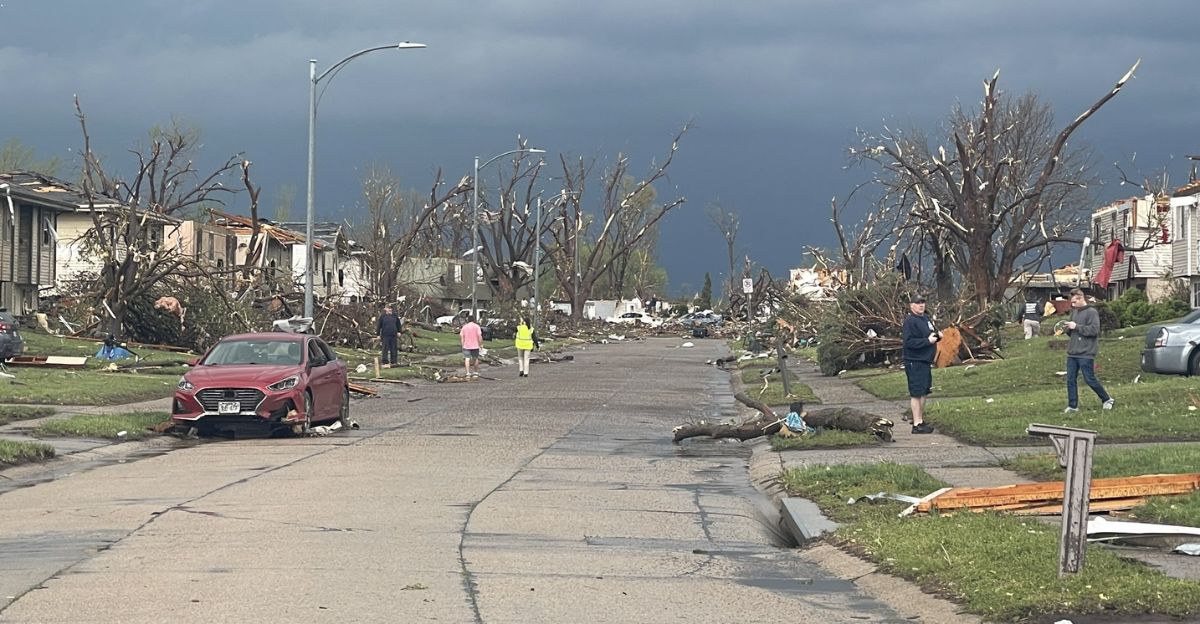
For months, if not years, Nebraska’s local economies will be affected by the June 2025 tornado’s economic effects. Damage to utilities, agriculture, and infrastructure lowers productivity and raises expenses. Both homeowners and businesses may be impacted if insurance markets react by raising premiums or reducing coverage in tornado-prone areas.
Politically, this event is going to make discussions about land-use planning, building codes, and funding for climate adaptation more heated. It might lead to legislation requiring more robust building and all-encompassing emergency readiness. Tornado disasters are not isolated events; instead, they are catalysts for larger societal and economic changes, necessitating proactive policy responses, as demonstrated by these second- and third-order effects.
An Important Development in Tornado Preparedness

An important turning point in our knowledge of and response to tornado threats was the June 2025 tornado in Nebraska. Its quick escalation, substantial destruction, and lack of fatalities show the effectiveness of contemporary weather forecasting, public awareness campaigns, and emergency response. This incident supports the case for firm, comprehensive preparedness plans that include mental health assistance, resilient infrastructure, and scientific forecasting.
Nebraska’s experience should be used as a model for the rest of the country, highlighting the fact that tornado safety is a complex issue that calls for interdisciplinary cooperation. The lessons learned here are essential for protecting communities and guaranteeing long-term resilience against severe weather events in an era of growing climate volatility.
Explore more of our trending stories and hit Follow to keep them coming to your feed!

Don’t miss out on more stories like this! Hit the Follow button at the top of this article to stay updated with the latest news. Share your thoughts in the comments—we’d love to hear from you!







